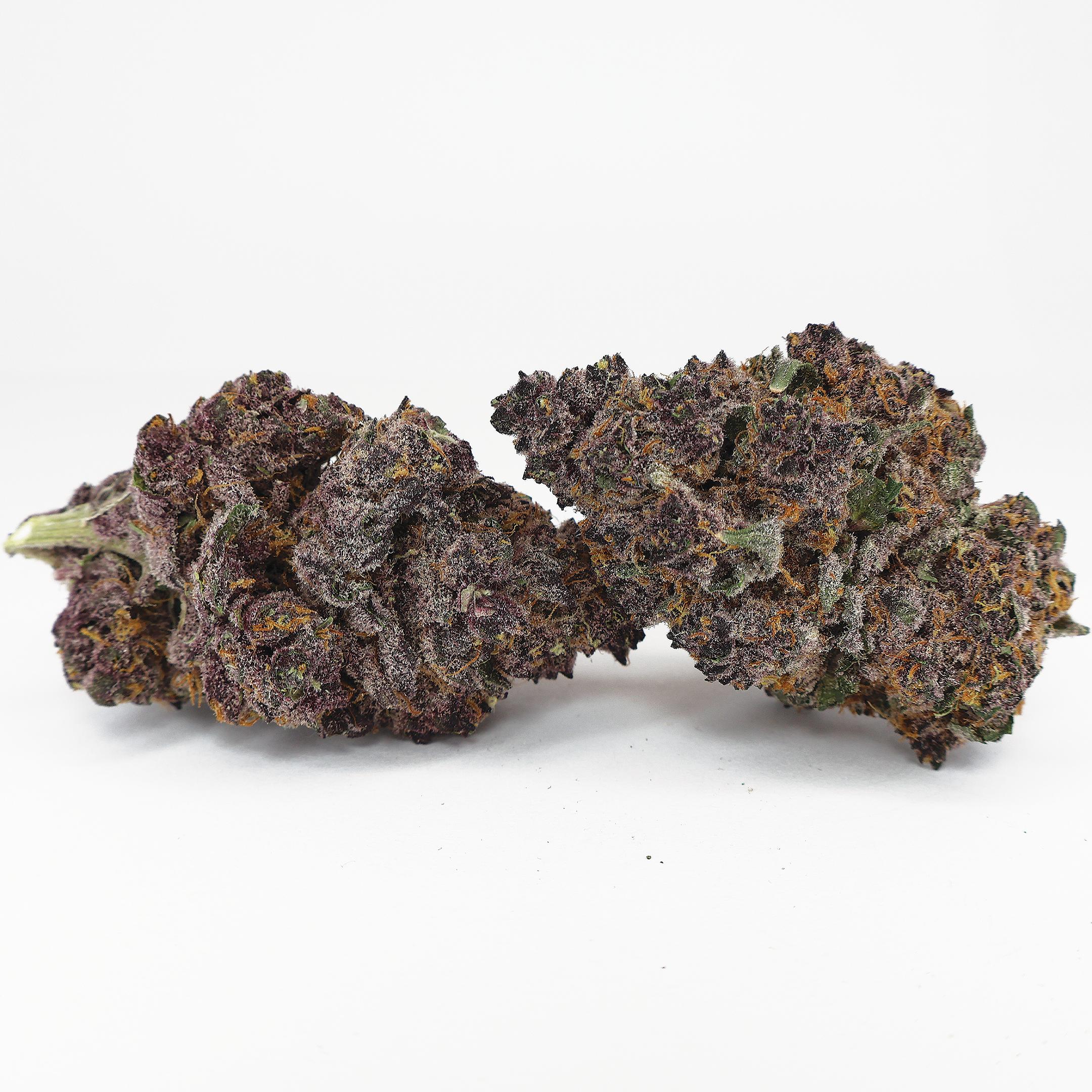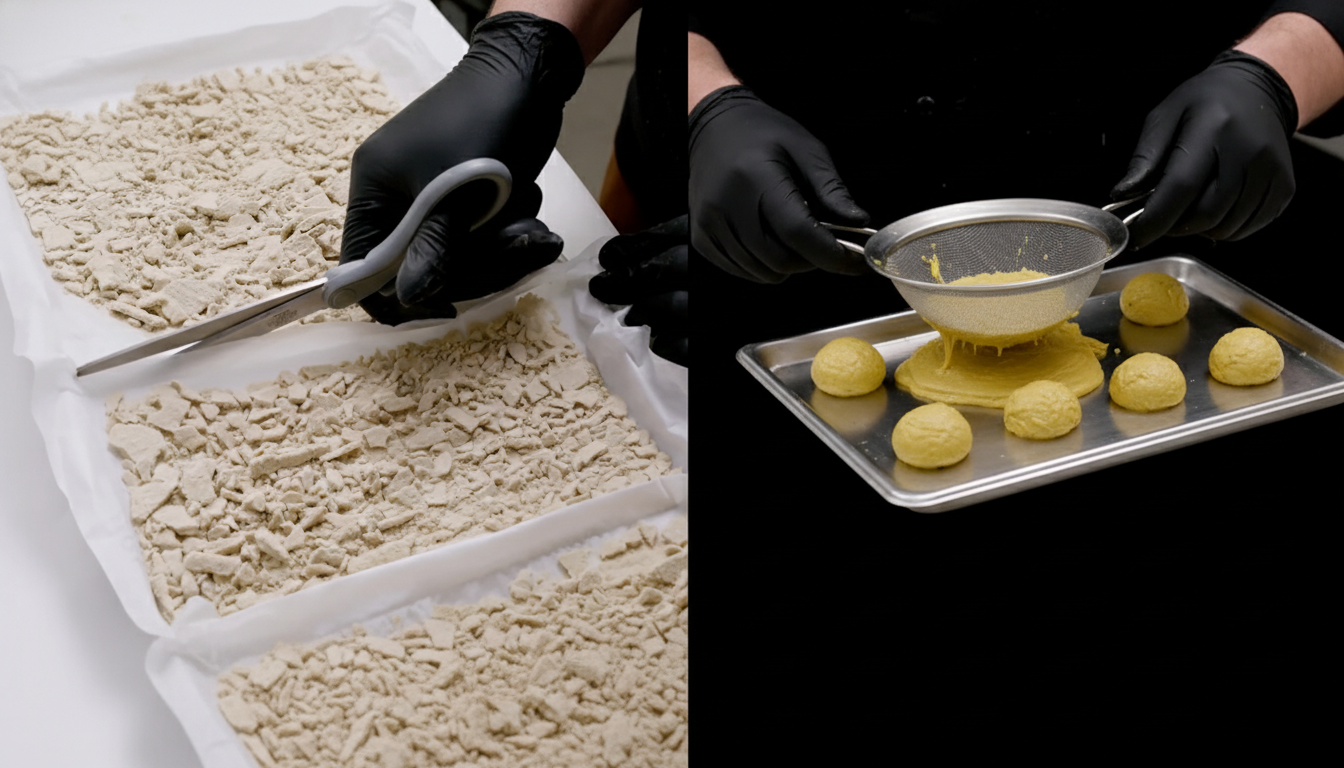Hashish, commonly known as hash, is one of the oldest and most celebrated cannabis concentrates. Renowned for its distinctive aroma, potency, and smooth texture, it’s crafted by extracting trichomes, the tiny, resinous glands found on cannabis flowers. Understanding how hash is made and what it’s composed of offers a fascinating glimpse into both traditional craftsmanship and modern extraction techniques.
What Is Hashish?
Hashish is a concentrated form of cannabis made by collecting and compressing trichomes (also known as kief). These trichomes are rich in cannabinoids and terpenes, the compounds responsible for the plant’s aroma and effects.
Depending on the extraction method, hash can vary in texture, color, and strength, ranging from soft and pliable to hard and brittle.
Traditional and Modern Methods of Making Hash
There are multiple ways to create a hash, each with its own process, yield, and result. These methods fall broadly into solventless and solvent-based techniques.
1. Hand-Rolling
Hand-rolling is the oldest and simplest method of making hash. It involves gently rubbing cannabis buds between the hands, which warms the plant and collects resin on the palms. The sticky resin is then rolled into small balls or patties.
While traditional and straightforward, this method usually produces a lower yield compared to modern techniques.

2. Dry Sifting
Dry sifting uses fine mesh screens to separate trichomes from plant material. As the buds are gently shaken or rubbed over the screen, trichomes fall through and are collected as kief. This kief is then pressed into hash.
The resulting product is typically light brown or golden with a powdery texture, a favorite among many traditional hash enthusiasts.
3. Ice Water Extraction (Bubble Hash)
This method involves mixing cannabis with ice-cold water, causing trichomes to break off from the plant. The mixture is filtered through a series of screens, resulting in clean, solvent-free hash often called bubble hash.
Bubble hash is prized for its purity, rich flavor, and fine texture.
4. Solvent-Based Extraction
Solvent-based extraction uses substances like butane or alcohol to dissolve trichomes from the plant. The solution is then filtered and the solvent carefully evaporated, leaving behind a sticky, amber-colored resin.
This method typically yields the highest amount of concentrate but requires proper equipment and expertise to ensure safety and quality.
Types of Hash
Different methods of production lead to different types of hash, each with its own characteristics, color, and texture.
Moroccan Hash
A traditional hand-rolled hash, Moroccan hash is usually dark brown or black in color and has a spicy, earthy aroma. Its soft, pliable texture makes it a classic favorite worldwide.
Bubble Hash
Made with the ice water extraction method, bubble hash is light brown or golden, with a fine, powdery or crumbly texture. It’s often regarded as one of the cleanest and purest forms of hash.
Butane Hash Oil (BHO)
BHO is produced through solvent-based extraction. It’s amber or golden in color, with a sticky, glass-like or waxy consistency. This concentrate can be further refined into other textures like shatter, wax, or budder.
Final Thoughts
From ancient hand-rolling to advanced extraction, hash has evolved while preserving its timeless appeal. Each method of production offers unique qualities, whether it’s the rich flavor of Moroccan hash or the clean finish of bubble hash.
This versatility is what makes hash a cornerstone of cannabis concentrate culture, bridging traditional craftsmanship with innovative extraction techniques.




Share:
What Is Hash? A Deep Dive into This Classic Cannabis Concentrate
What Is a Dab Rig?